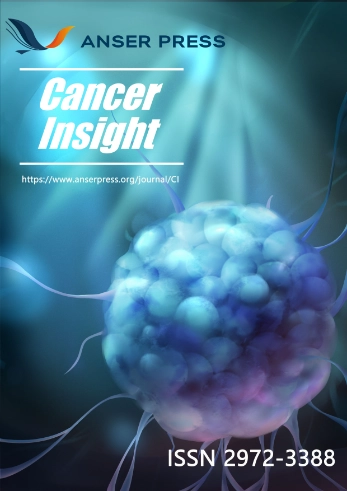Drug Transport via Nanocarrier for Liver Cancer Treatment
Abstract
The requirement of having multiple nanocarriers (NCs) and active agents for improved therapy, imaging, and controlled release of medications efficiently in one platform has made the creation of therapeutics and theragnostic nanodrug delivery systems a difficult task for present researchers. Multiple drug resistance (MDR), a high clearance rate, severe side effects, undesirable drug distribution to the specific site of liver cancer, and a low concentration of medication that reaches liver cancer cells are just a few of the drawbacks of traditional liver cancer chemotherapy. As a result, new techniques and NCs must be developed to transport the medication molecules targeted to the malignant hepatocytes in an acceptable number and duration inside the therapeutic window. Because of the great efficacy of drug loading or drug encapsulation efficiency, high cellular uptake, high drug release, and minimal adverse effects, therapeutics and theragnostic systems have benefits over conventional chemotherapy. These NCs have a high drug accumulation rate in tumours while causing minimal toxicity in healthy tissues. This study focuses on current research on NC-based therapies and theragnostic drug delivery systems, omitting nanotechnology's negative consequences in the field of drug delivery systems. Clinical advancements of theragnostic NCs for liver cancer, on the other hand, are not covered in this article. Only the most current breakthroughs in NC-based drug delivery systems for liver cancer therapy and diagnosis are discussed in this study. This review will not go over the detrimental effects of individual NCs in the medication delivery system.
